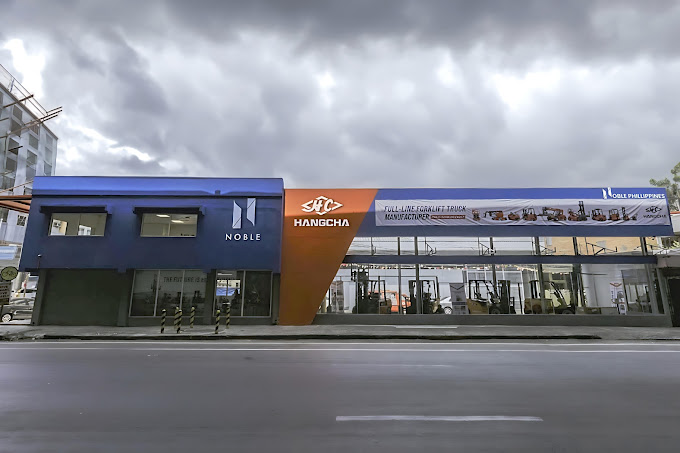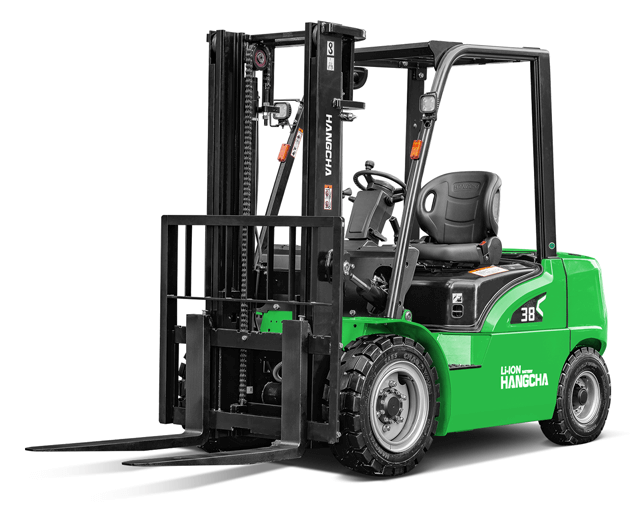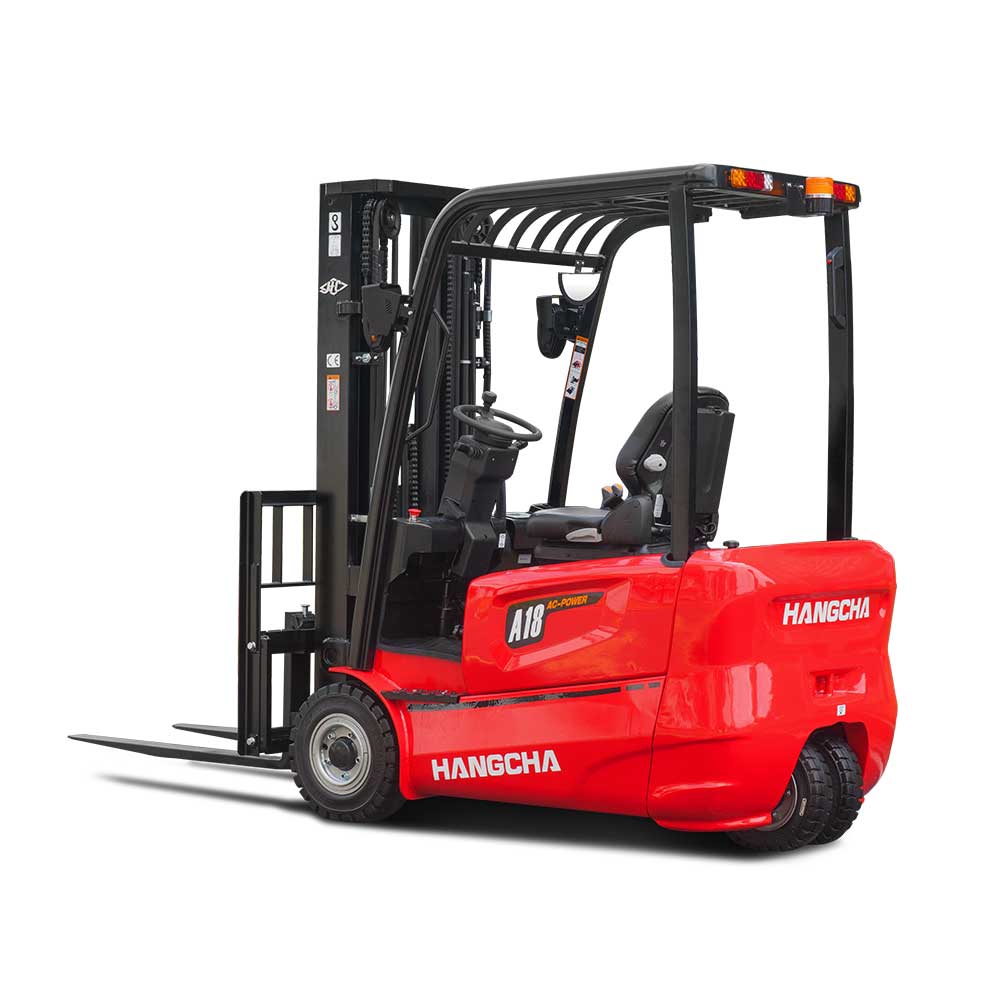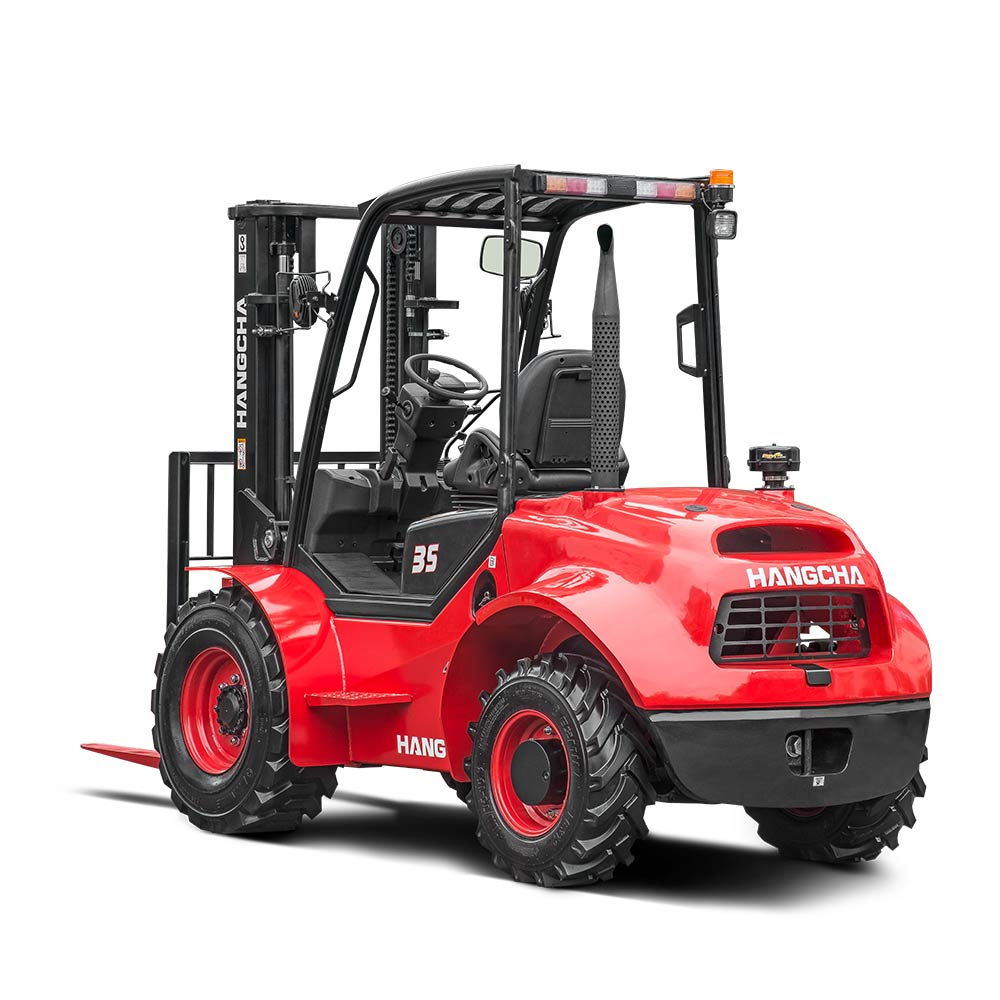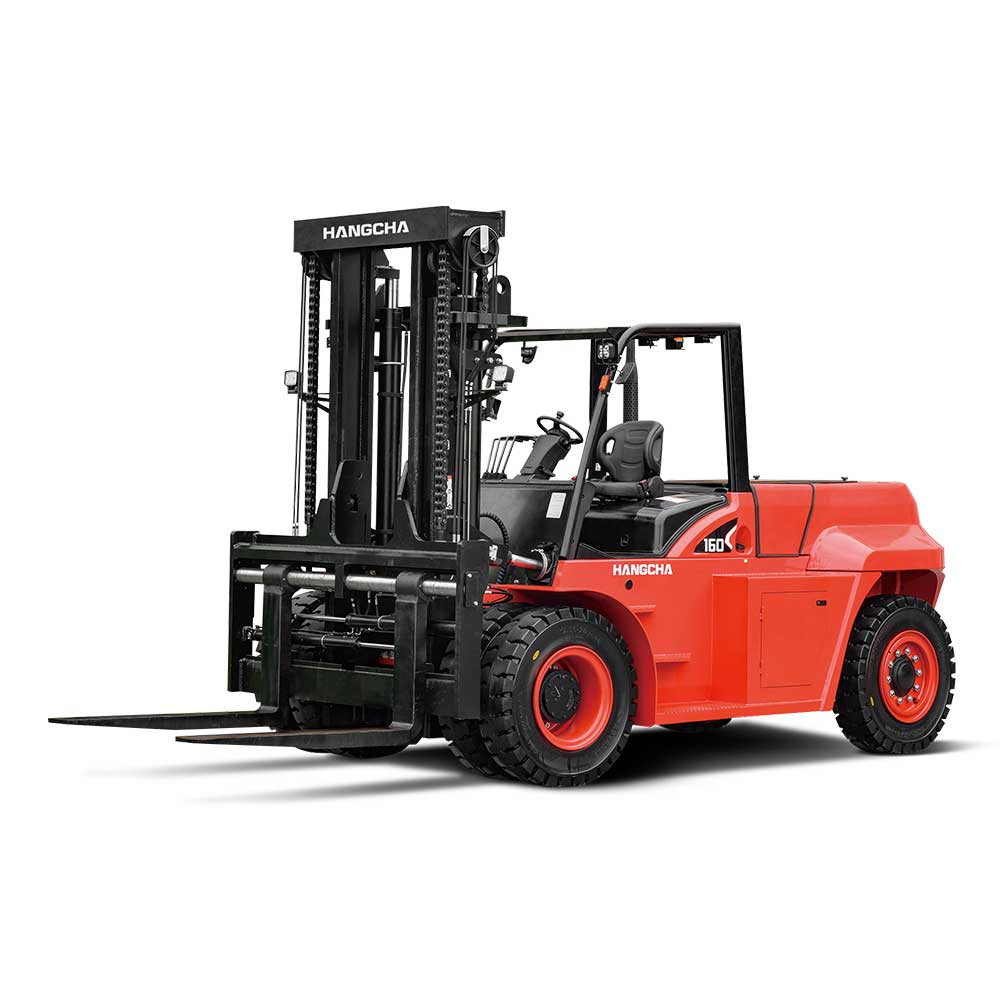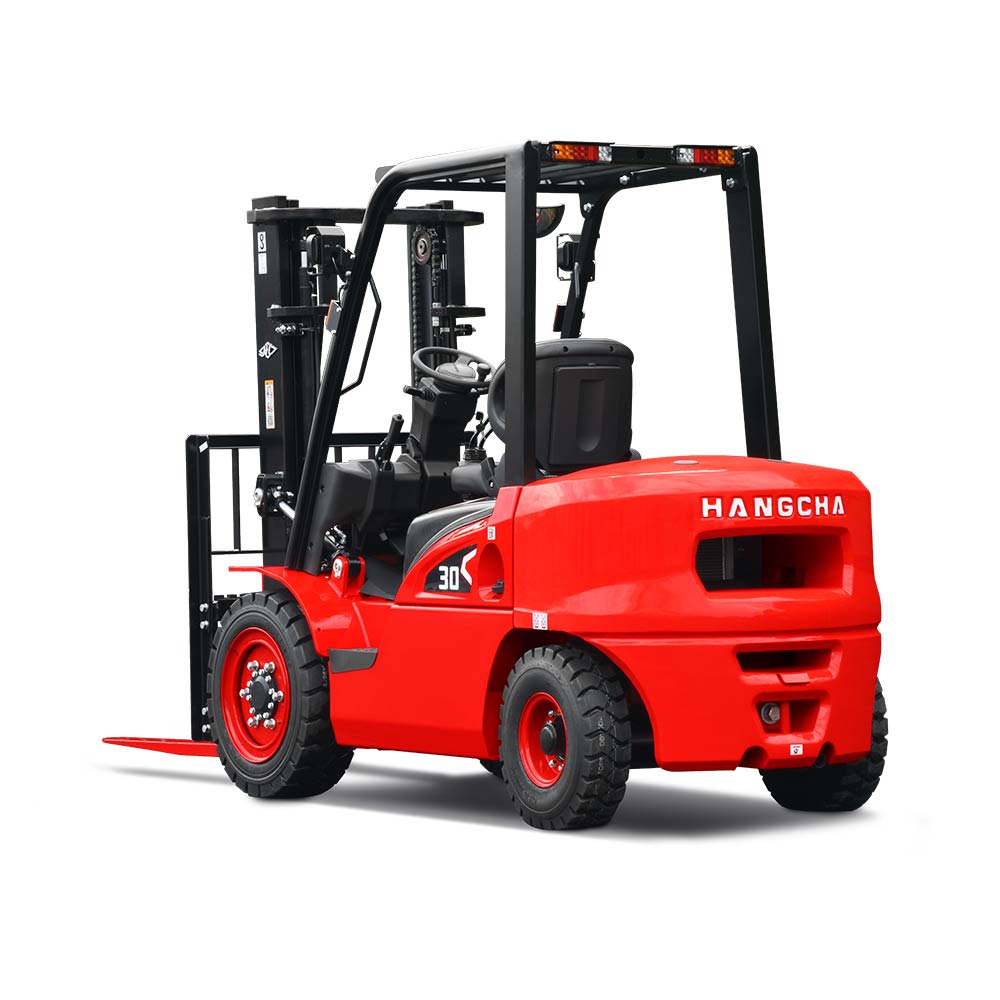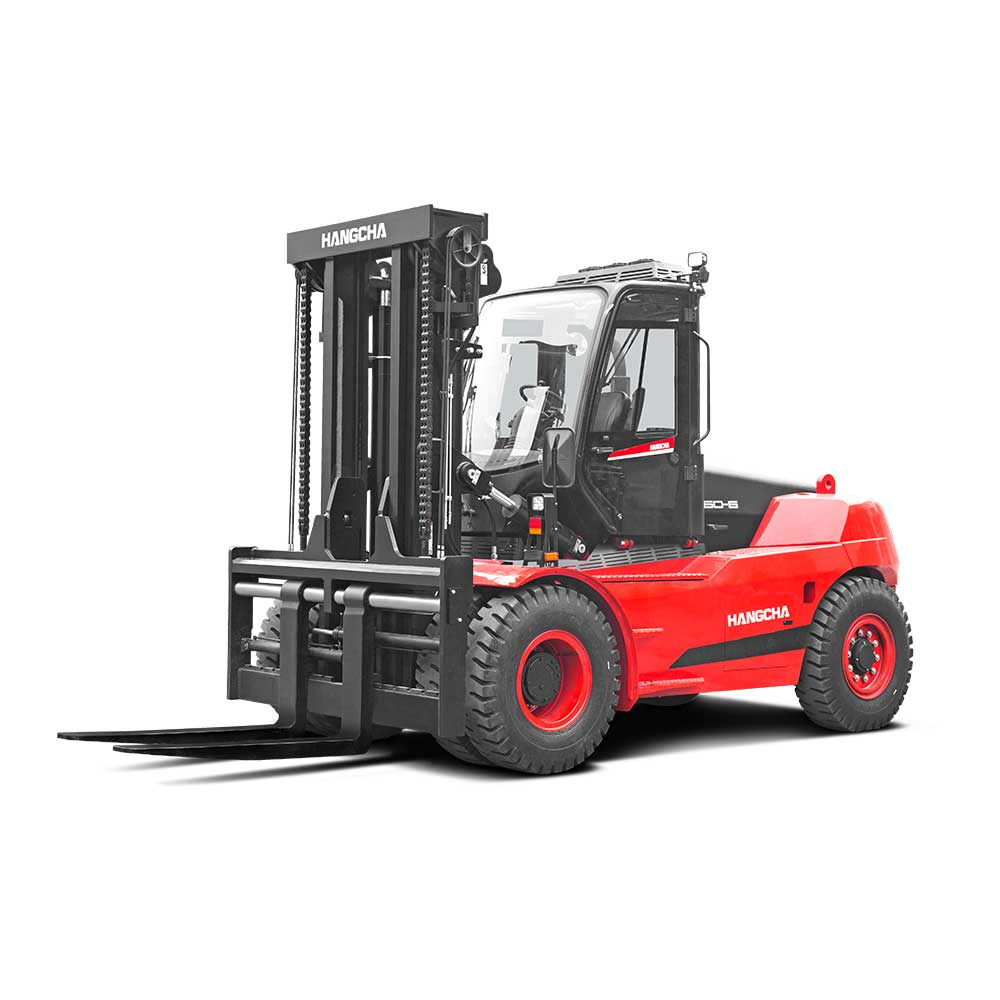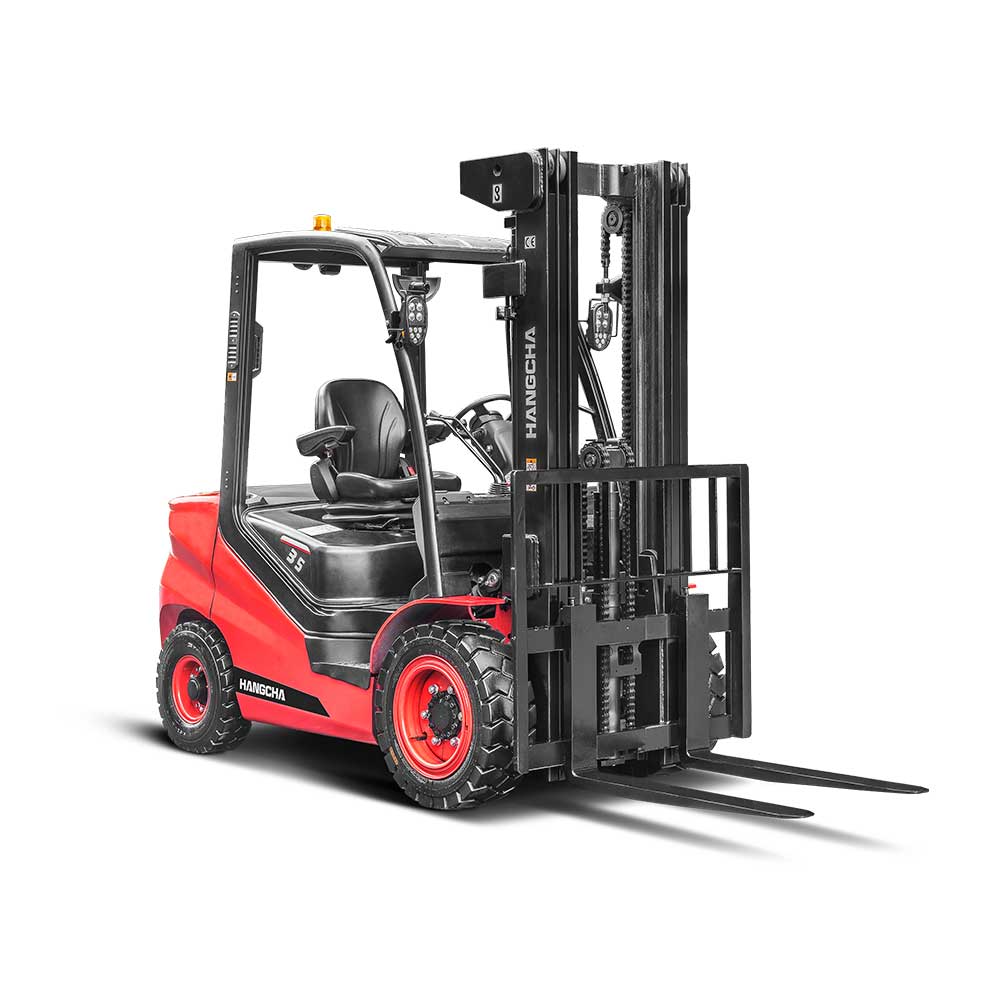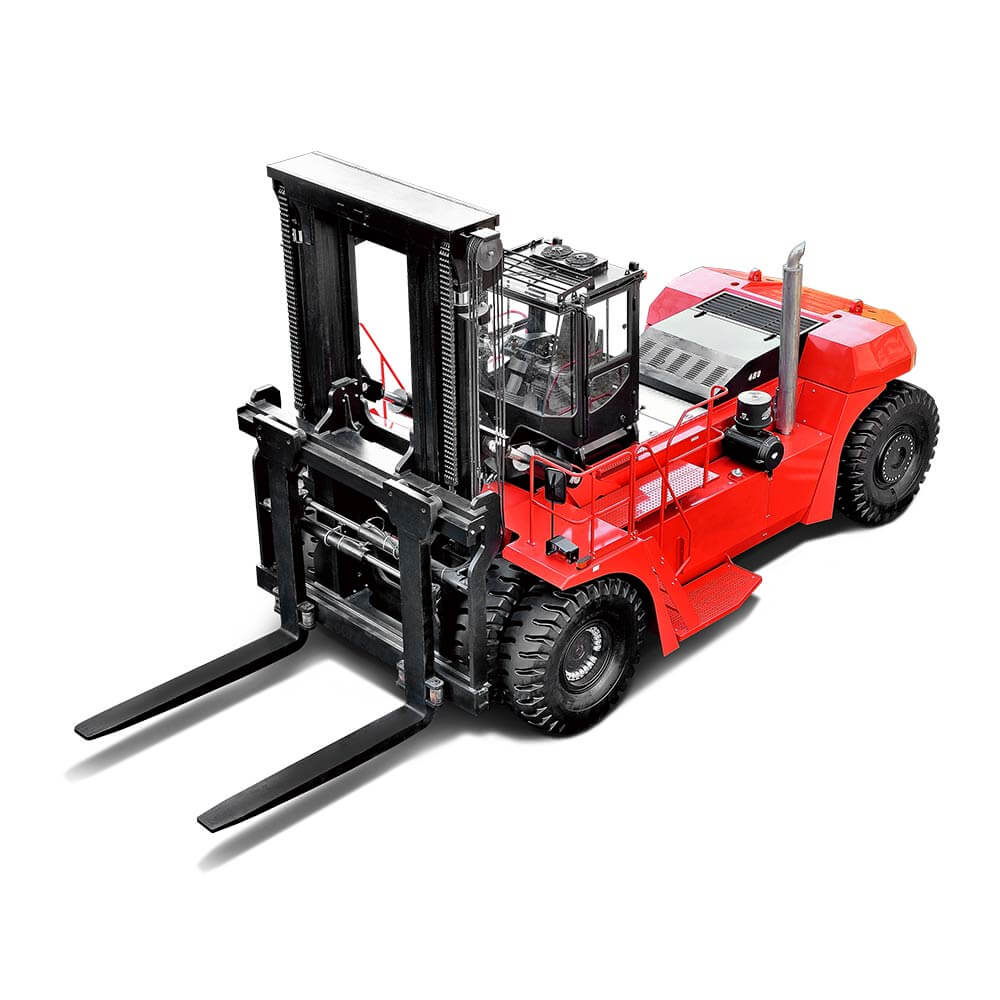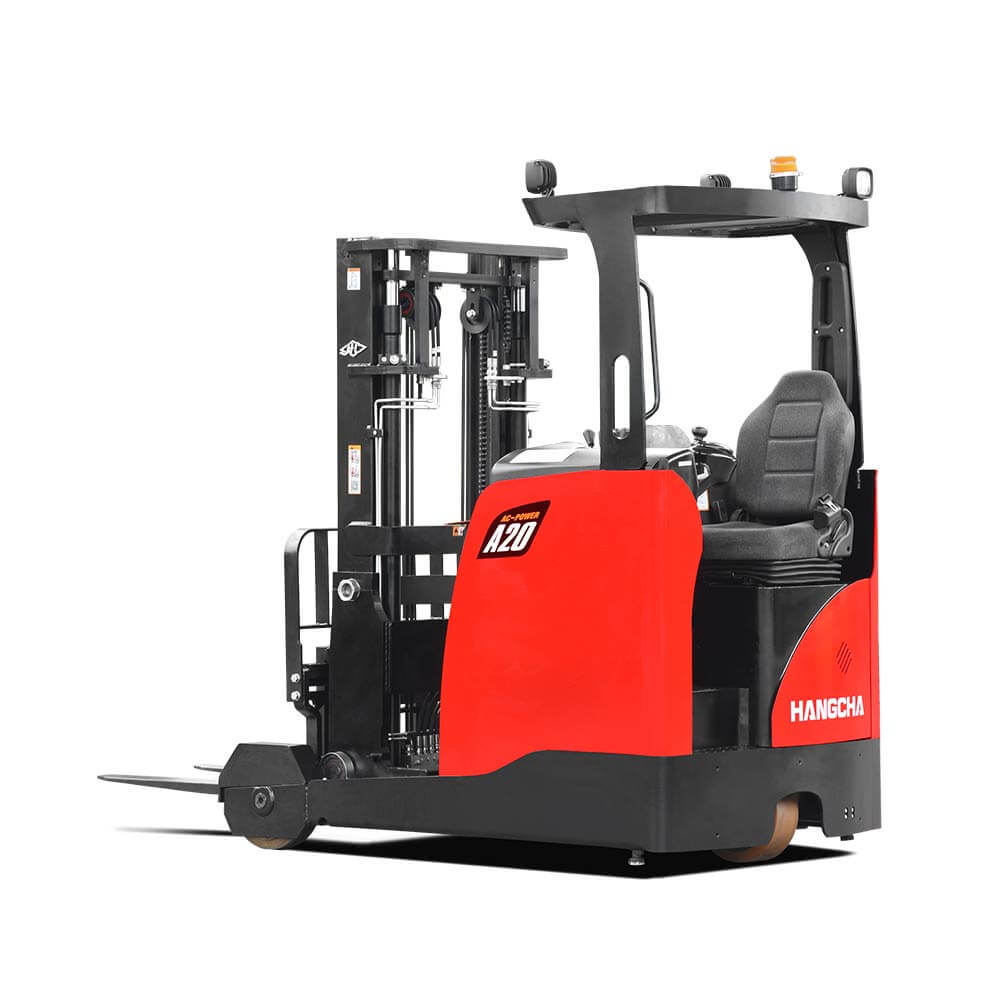Picture this: a canvas of steel beams, a puzzle of gears, and a dash of hydraulic fluid. Everyone has seen them: crisscrossing scissor braces capable of extending and compressing up-and-down vertical movements, with a bridge-like platform atop the extendable arms. Apparatus like this exemplifies a type of utility vehicle, a scissor lift. This towering titan is more than just a mechanical marvel; it’s a symphony of engineering and artistry, and its versatile capabilities provide a powerful solution for lifting and moving heavy loads with ease.
Such a design allows the scissor lift to maneuver into tight spaces and reach areas standard forklifts wouldn’t usually be able to access. A scissor lift offers unrivaled versatility, whether loading and unloading materials or delivering bulky products to tall buildings. Its ability to lift, rotate, and transport heavy objects from one point to another makes it indispensable in the manufacturing, logistics, and transportation industries.
Apart from its supreme performance, it also sports a fully proportional control handle and an anti-overturning system, which ensures operators can precisely control the machine’s movements while preventing accidents. You can learn more about this particular equipment’s unique features by viewing Hangcha’s brochure here.
Undoubtedly, scissor lifts are one of the most prominent players in the material handling industry. Today, scissor lifts are one of the most common equipment in trade shows. Further, scissor lifts are classified into the following types: Hydraulic Scissor Lifts, Diesel Scissor Lifts, Electric Scissor Lifts, Rough Terrain Scissor Lifts, or Pneumatic Scissor Lifts, based on the application for which a scissor lift is designed.
Keep reading to know the differences between the five (5) types and how this material handling equipment can help revolutionize your operations.
What is a Scissor Lift?
A scissor lift is a specialized lifting equipment characterized by a unique mechanism consisting of linked, folding braces arranged in such a way that it resembles a scissor—the thing that the material handling equipment was named after.
Scissor lifts are commonly used in various industries and applications where access to elevated areas is necessary, such as construction, maintenance, manufacturing, and logistics operations. This material-handling equipment provides a stable and relatively safe platform for workers to perform tasks. Scissor lifts come in different sizes and configurations, ranging from small, mobile units that can be easily moved around indoors to larger, heavy-duty lifts designed for outdoor use.
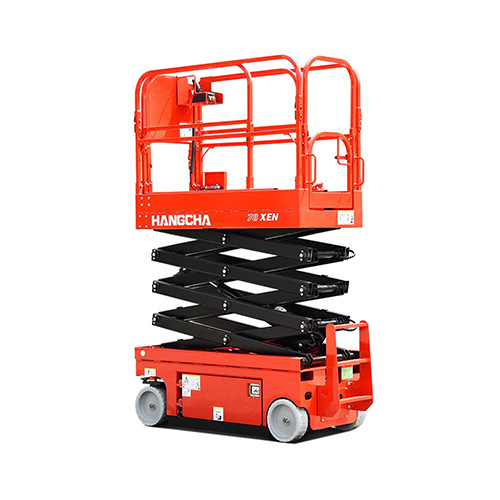
Different Scissor Lift Parts and Their Functions
Understanding the inner workings of a scissor lift can help one appreciate its functionality and reliability. A typical scissor lift comprises several components, each serving a vital function in ensuring safe and efficient operations. Let’s delve into the primary parts and their functions:
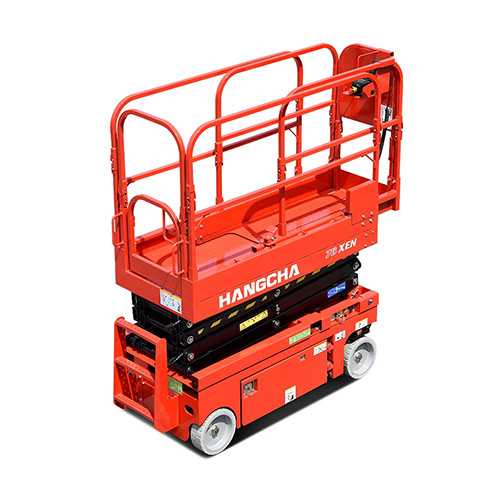
Platform
This is the part where workers stand or place materials. It is designed to provide a stable surface for tasks at elevated heights.

Scissor Mechanism
These are the series of linked, folding braces arranged in a crisscross pattern. These braces extend and retract when activated, causing the platform to move vertically.
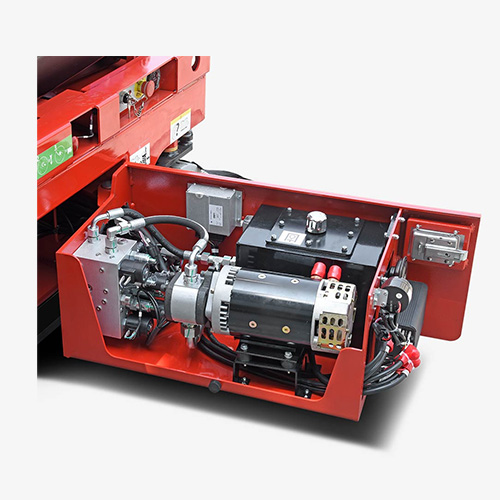
Hydraulic System
The hydraulic system uses pressurized hydraulic fluid to extend or retract the scissor mechanism. It ensures smooth and controlled movement.
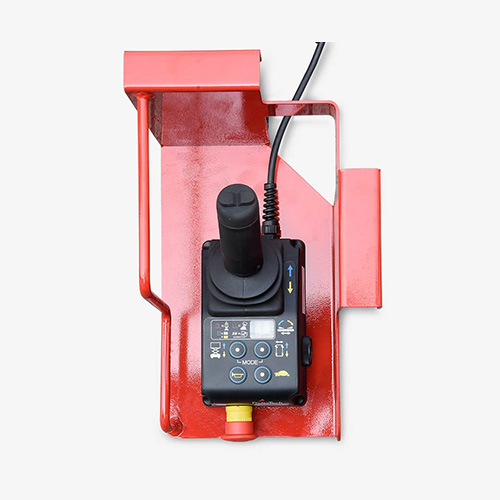
Control Panel
The control panel allows the operator to manipulate the lift’s movements. It typically includes buttons or levers for raising, lowering, and steering the platform.
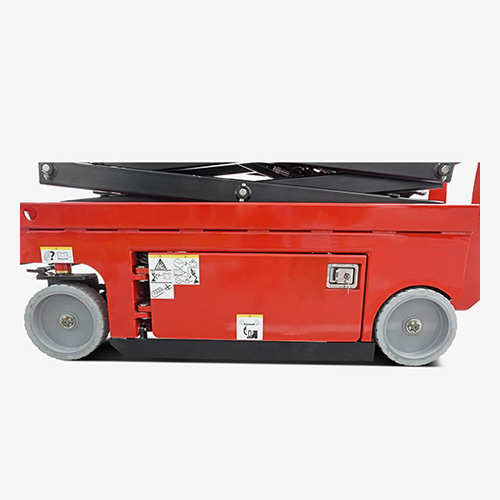
Safety Feature
Scissor lifts have various safety features, including guardrails, emergency stop buttons, and anti-overturning systems. These features help prevent accidents and ensure the well-being of operators and workers on the platform.
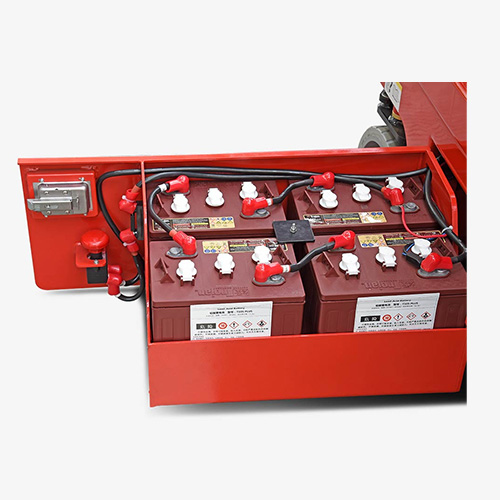
Power Source
Scissor lifts can be powered by various sources, such as electric batteries, diesel engines, or pneumatic systems. The choice of power source depends on the specific application and environment.
Types of Scissor Lifts Based on Applications
Scissor lifts come in various types, each tailored to specific applications and working conditions. Understanding these types can help you select the right scissor lift for your needs:
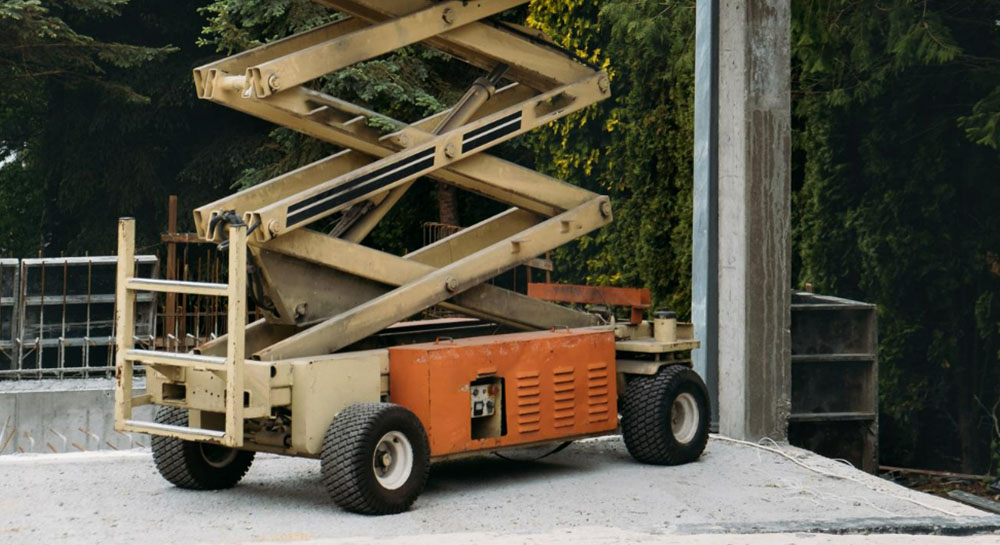
Hydraulic Scissor Lifts:
This type is one of the most common scissor lifts in the industry. It operates by utilizing pressurized hydraulic fluid, which in turn extends or retracts the scissor mechanism. One of its significant advantages is its versatility, which is suitable for indoor and outdoor applications. Hydraulic scissor lifts are commonly found in warehouses, manufacturing facilities, and construction sites, where they are used for tasks ranging from lifting personnel for maintenance to transporting heavy materials. Their load capacity varies, making them adaptable to various applications.
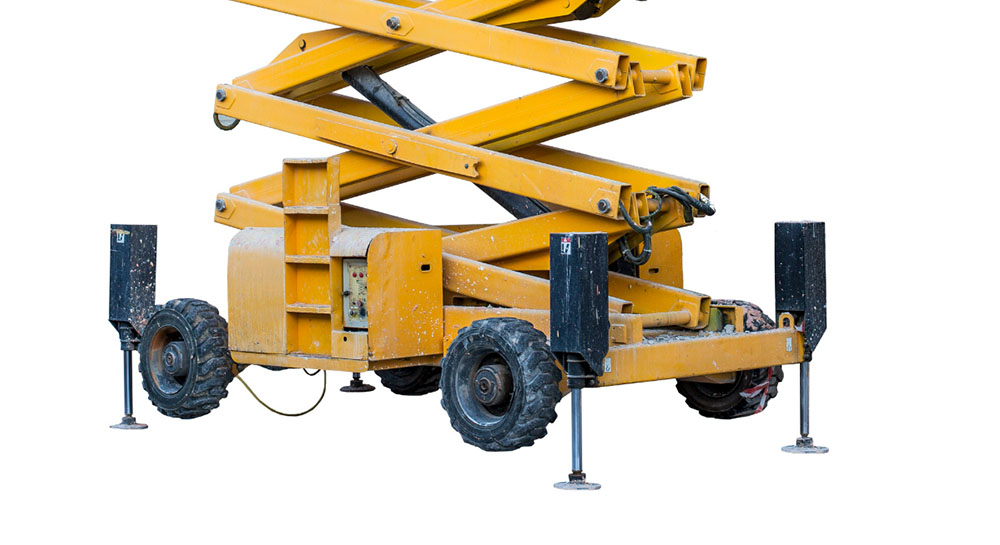
Diesel Scissor Lifts:
Diesel scissor lifts are purpose-built rough terrain applications like construction sites. They are well-known for their stability on uneven or unpaved surfaces. Their robust construction and larger, durable tires make them capable of handling challenging outdoor conditions. This makes them a go-to choice in the construction, shipyards, and agriculture industries.
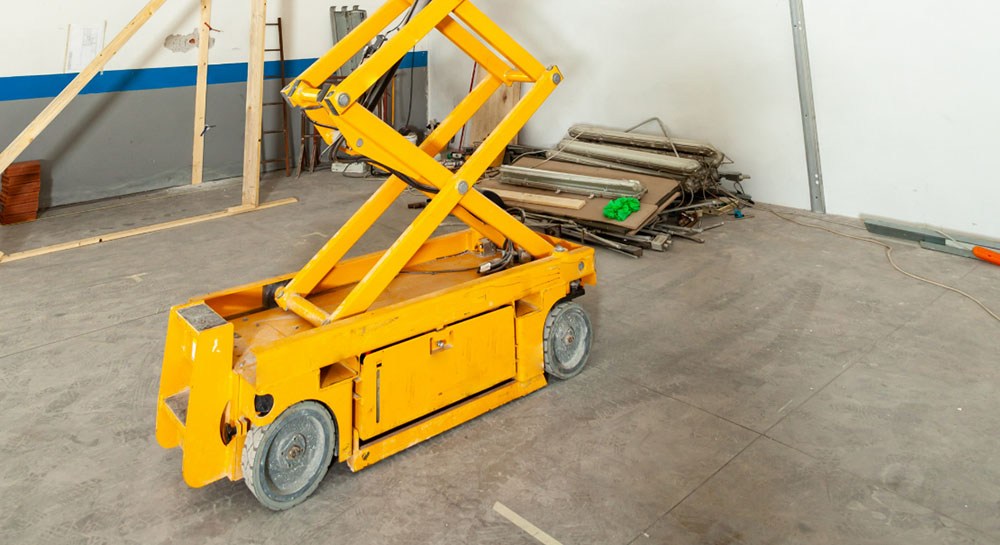
Electric Scissor Lifts:
Electric scissor lifts are characterized by their quiet operation and minimal emissions, making them ideal for indoor use. They are powered by rechargeable batteries, varying in capacity and runtime. Its maneuverability makes it ideal for indoor maintenance tasks, especially for applications where noise and air quality are major concerns.
Rough Terrain Scissor Lifts:
Rough terrain scissor lifts are typically engine-powered machines designed to travel across surfaces it is named after. These typically work the best on sloped ground, all the while providing stable platforms for workers. Equipment like this presents excellent traction, speed, and gradability—essential for safe construction projects.
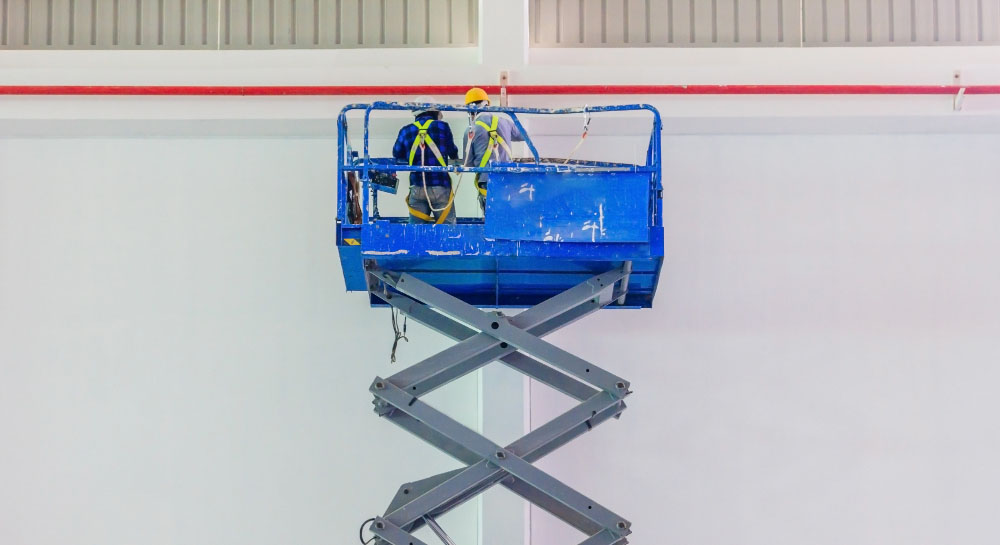
Pneumatic Scissor Lifts:
Pneumatic scissors are commonly used in laboratories, cleanrooms, and facilities where electricity could pose a hazard or where maintaining a clean environment is essential. Pneumatic scissor lifts are valued for their precise and controlled movements, making them a safe choice for applications that require delicate handling of materials or equipment.
Each type of scissor lift is designed to cater to specific operational requirements and environmental considerations. When selecting the appropriate scissor lift, it’s crucial to consider factors such as the intended application, terrain, indoor or outdoor use, and safety requirements. This ensures that the chosen scissor lift meets the specific demands of the task while prioritizing safety, efficiency, and environmental considerations.
Conclusion
In conclusion, a scissor lift is an essential piece of equipment that plays a pivotal role in various industries. Its unique scissor-like mechanism allows for efficient vertical movement, making it indispensable for tasks that require access to elevated areas.
With different types of scissor lifts available, you can choose the one that best suits your needs, whether for indoor maintenance, outdoor construction, or specialized applications. The combination of engineering innovation and safety features ensures that scissor lifts remain reliable for lifting and reaching new heights in material handling.
If you’re ready to revolutionize your material handling operations with the power of scissor lifts, don’t hesitate to reach out to our experts.
